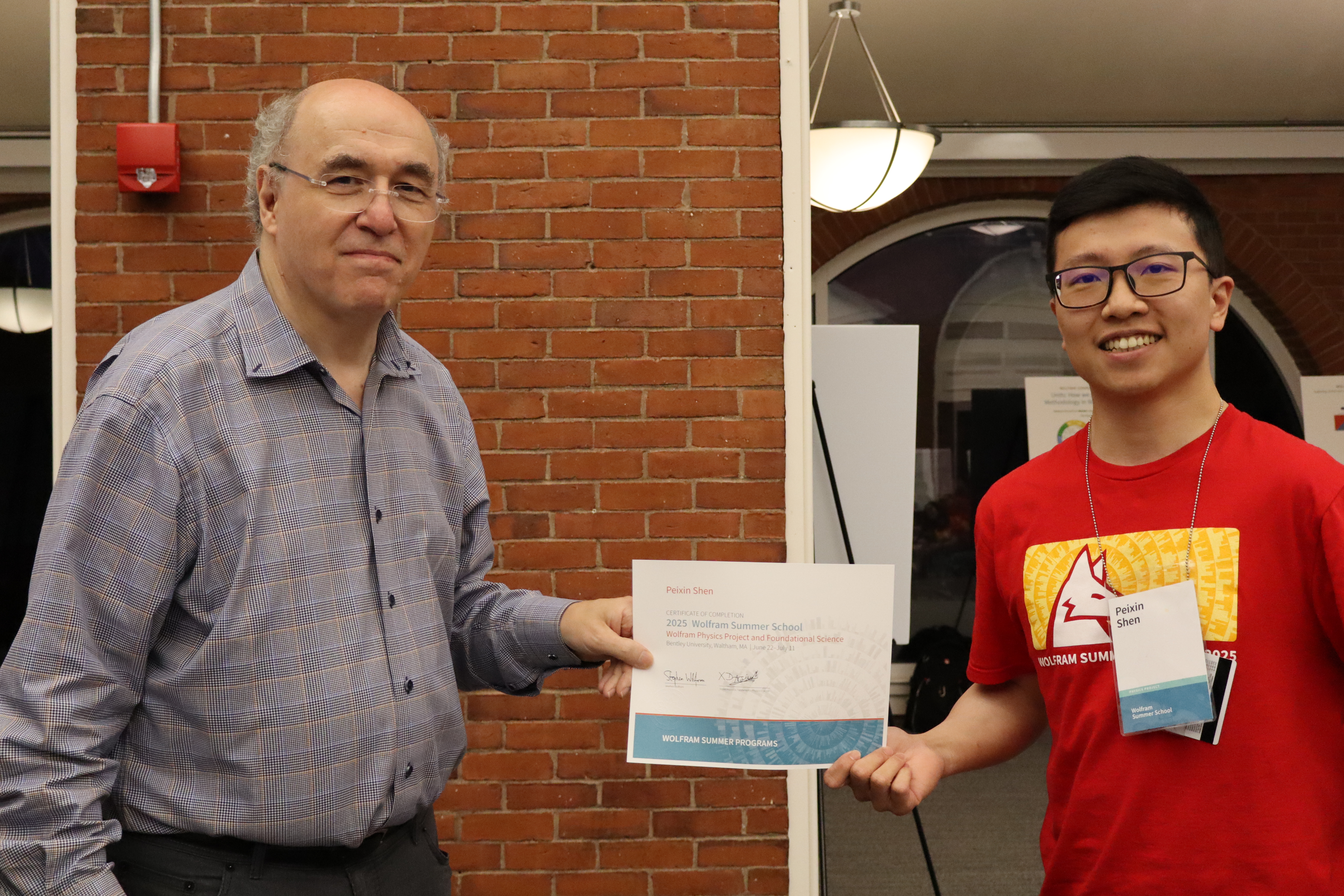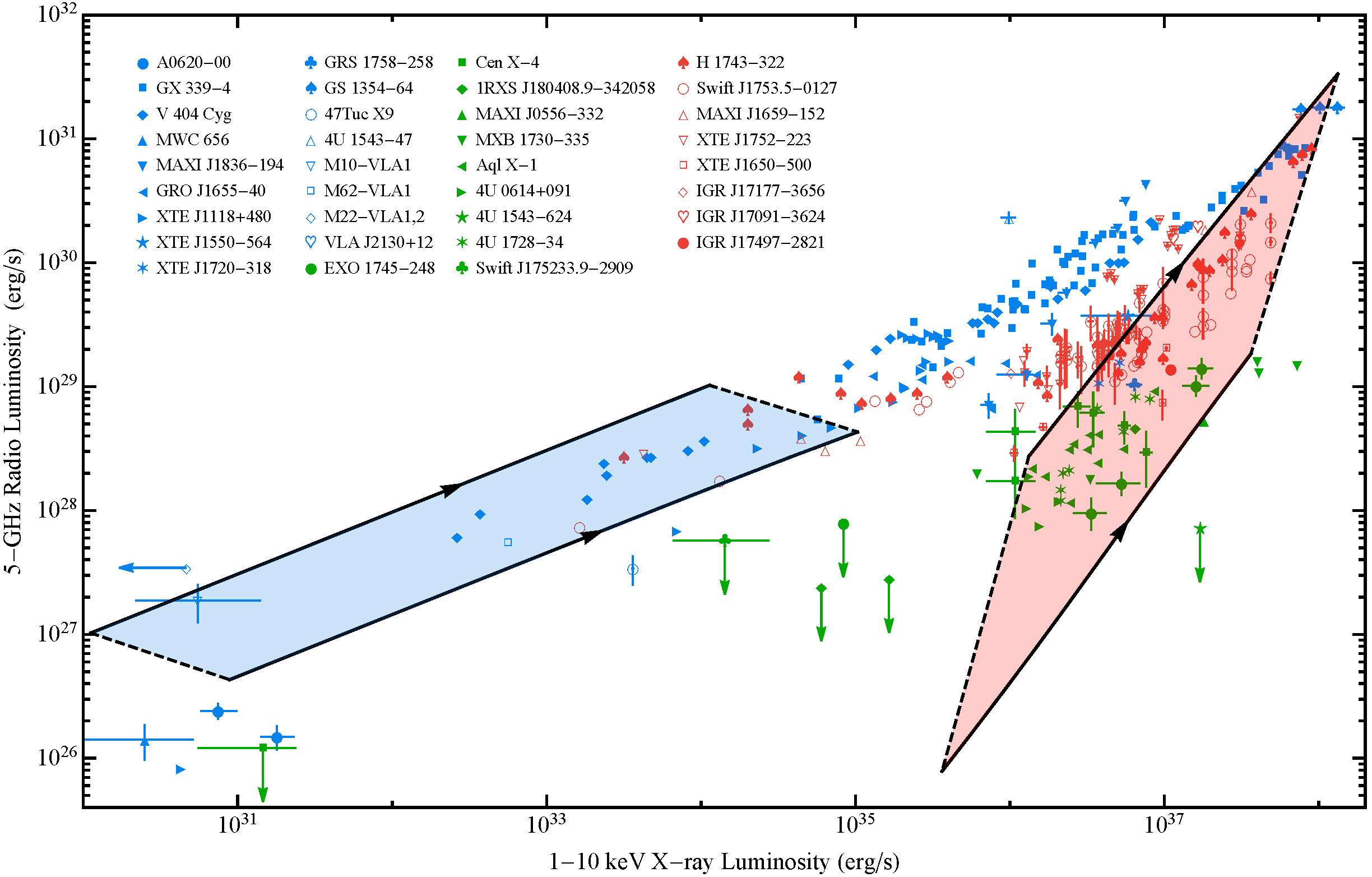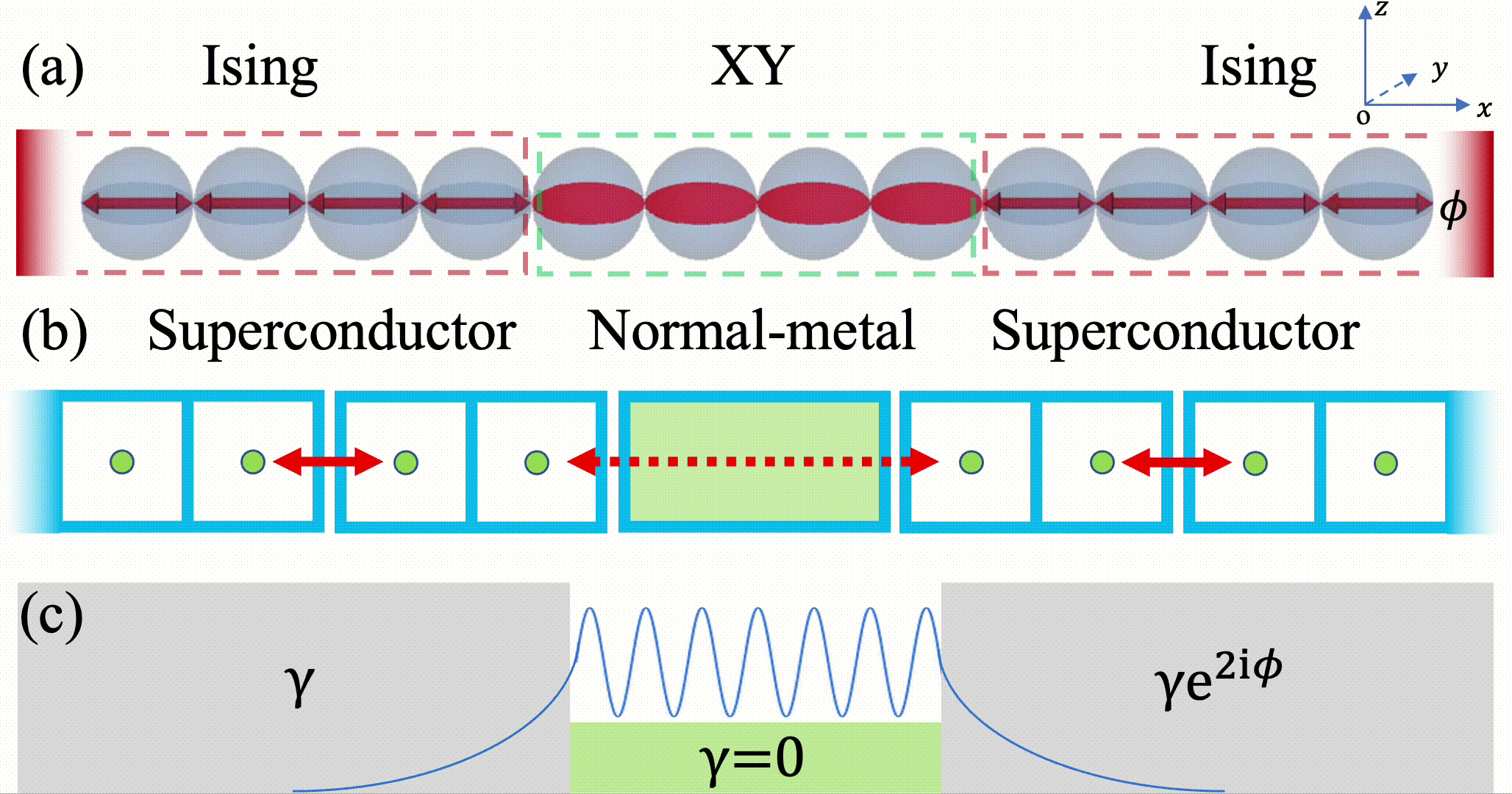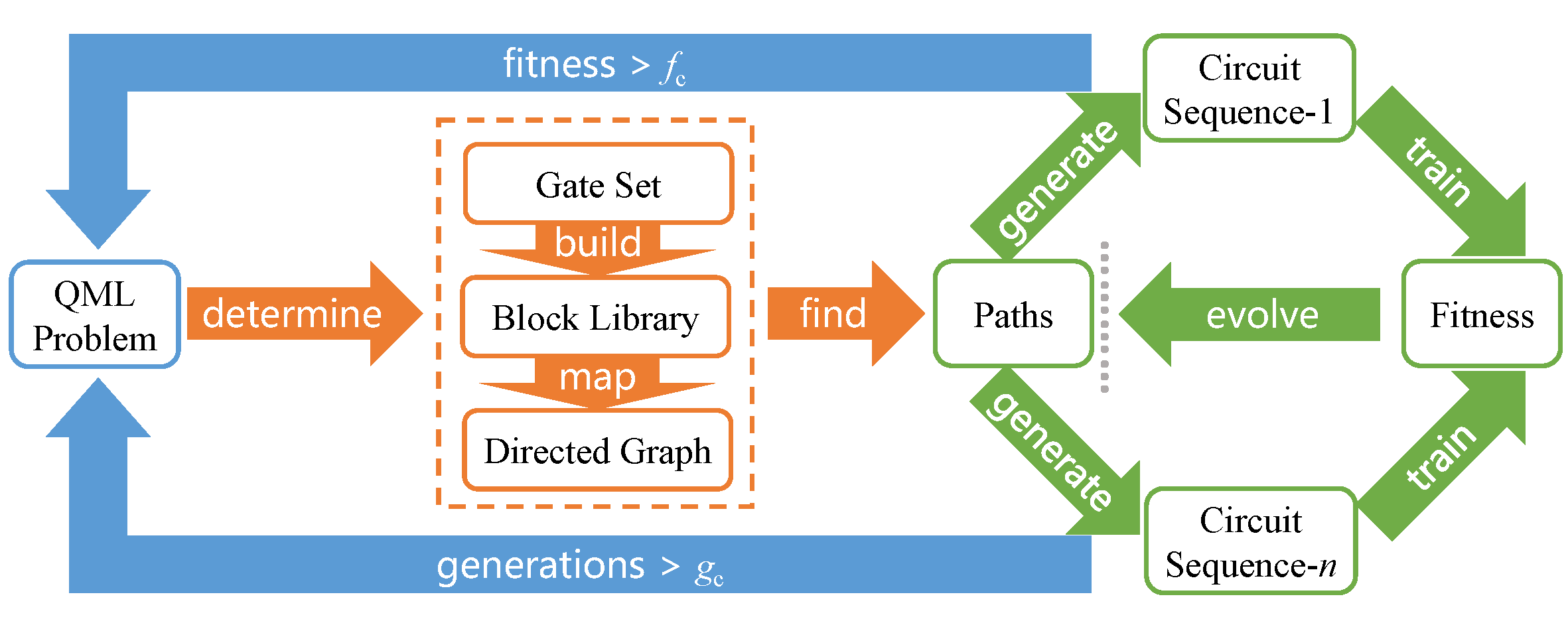Solar Eclipse in Xiamen
Published:

Published:

Published:

We proposed a magnetized, radiatively efficient thin accretion disc model (M-thin) to scrutinize the disc–jet couplings, and further explain the radio/X-ray correlations in the black hole/neutron star X-ray binary.

We found that inhomogeneous quantum spin chains support spin supercurrents, that enhance the entanglement between spins, and can be detected using dispersive techniques.

We introduced a Markovian quantum neuroevolution algorithm that autonomously finds near-optimal quantum neural networks for different machine-learning tasks, highlighting the potential of genetic algorithms in quantum architecture search.

We have adapted the capsule network architecture for quantum machine learning, which showcases an improved classification accuracy, demonstrates a quantum speedup, and paves the way to explore explainable quantum AI.

We demonstrate the uniform magnonic mode, which spreads over the entire Yu-Shiba-Rusinov chain, becomes imprinted with the parity of the ground state, and can discriminate between Majorana and trivial zero modes.

Using Green's function formalism, we introduce a non-Hermitian Fermi-Dirac distribution and derive an analytical expression for the persistent current that relies solely on the complex spectrum.
